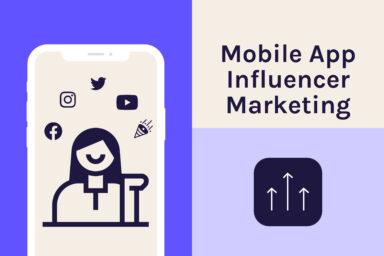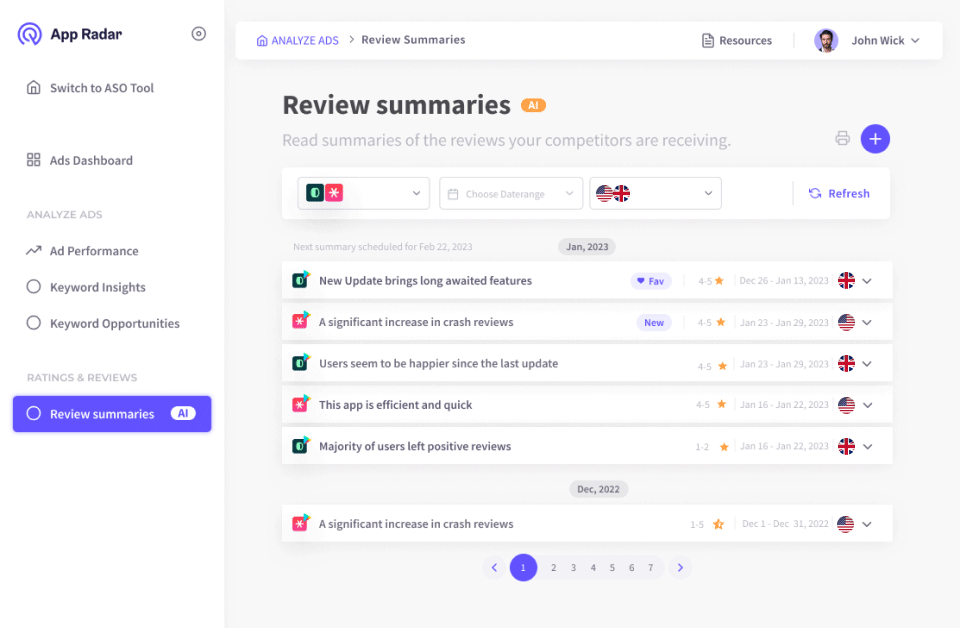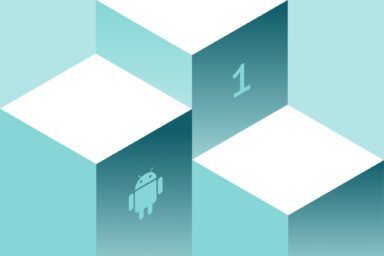7 Ways to Leverage Social Media to Grow Your Mobile Apps
This article is a guest post submitted by Claudia Jeffrey.
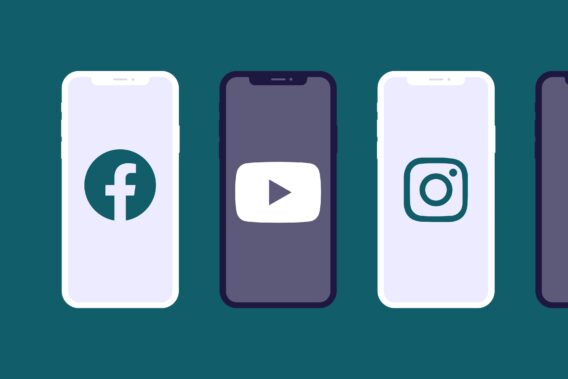
We are currently living in the digital era. If sometime in the future history were written, our current phase would be written as to how it all started and how technology took over the world by storm. Today, we have the technology and the internet incorporated in every aspect of our lives. From having automated businesses to smart home appliances, everything depends on technology in one way or the other.
Social media is a massive part of the manifestation of technology. It completely changed how we socialize and our perception of the world. Today, the world has become a one global society thanks to the unbreakable connection through social media. And apart from changing our personal life, social media has played a huge role in business, advertising, and marketing. Businesses all around the world leverage social media in many different ways to market their products.
Fortunately, social media is a great way to market your mobile app. After putting in late night’s work and extra effort in perfecting your app, the creator is successful if users find it useful. It can be a daunting process to go through. Especially considering that there are over 5 million apps available overall, and an estimated 25% of these downloaded apps are never used even after installation.
So let’s find out how social media can play a beneficial role in growing your mobile app.
Here we have listed seven practical ways to leverage social media for growing your mobile app.
1. Paid Social Media Advertising
The best way to leverage social media for promoting your mobile app is by using paid social media advertising. Almost all social media platforms offer the option of app installation advertising options and are efficient to increase user engagement of the mobile app. So you can choose which ones would work the best for you to get the attention of your target audience. The following are the three most common types of paid social media advertising.
Google Ads
According to recent statistical reports, Google Ads are responsible for driving almost half of the mobile app downloads. With 50% paid advertising analytics and a consistent decline in organic reach across websites, it has become essential for app creators to boost their app visibility through paid ads on multiple websites.
YouTube Ads
YouTube ads work similarly to all other social media platforms. However, the biggest advantage of YouTube advertising is that the platform is now a mainstream media platform. It has replaced television and traditional advertising outlets. Now, most of the exposure that audiences get is mainly through YouTube. It allows you to have your own dedicated channel where you can consistently put out video ads.
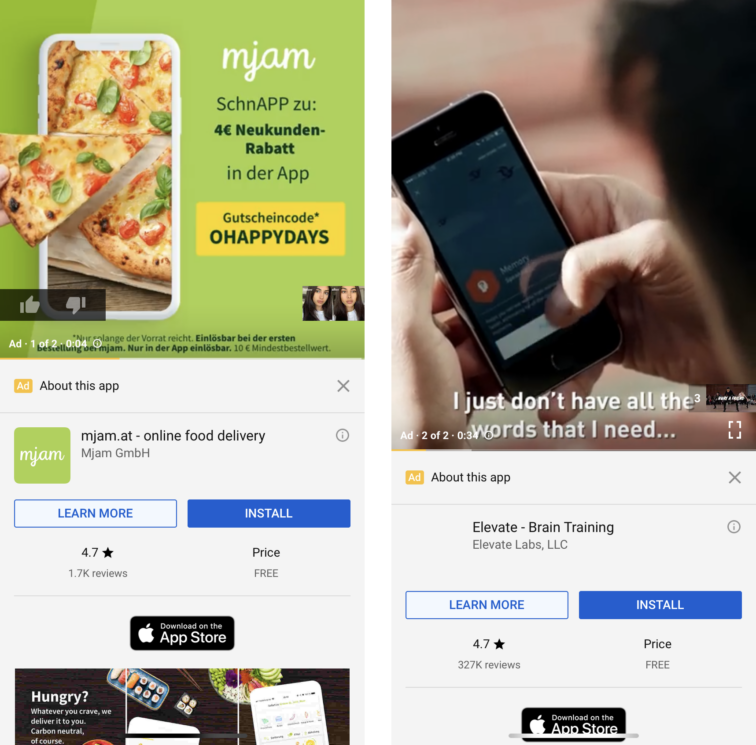
Sponsorships
Sponsored posting is yet another effective way to reach your targeted audience. It mainly works through platforms like Instagram and Facebook, where you technically pay the platform to advertise your app and reach a particular number of audience demographic.
2. Leveraging Content
People use social media to socialize and engage with not only friends and like-minded individuals but news, events, products, and many other types of content. Therefore, pumping out engaging content that attracts your targeted audience is an integral part of social media marketing. As a creator looking for a way to promote your mobile app, you will face two choices:
Creating interesting content
The first option that you have is to create your own content. Advertise your app in a way that answers the related queries for the people. You don’t necessarily have to stick to blog posts. You can expand your content type depending on the platform you pick. Or you can create a generic marketing campaign that works on all platforms. For instance, you have a writing app that offers personal statement writing service UK. You can make short and snappy videos of people struggling with writing and then finding the solution in the app. You can easily put it up on both Instagram and YouTube, and it will work just as effectively for both.
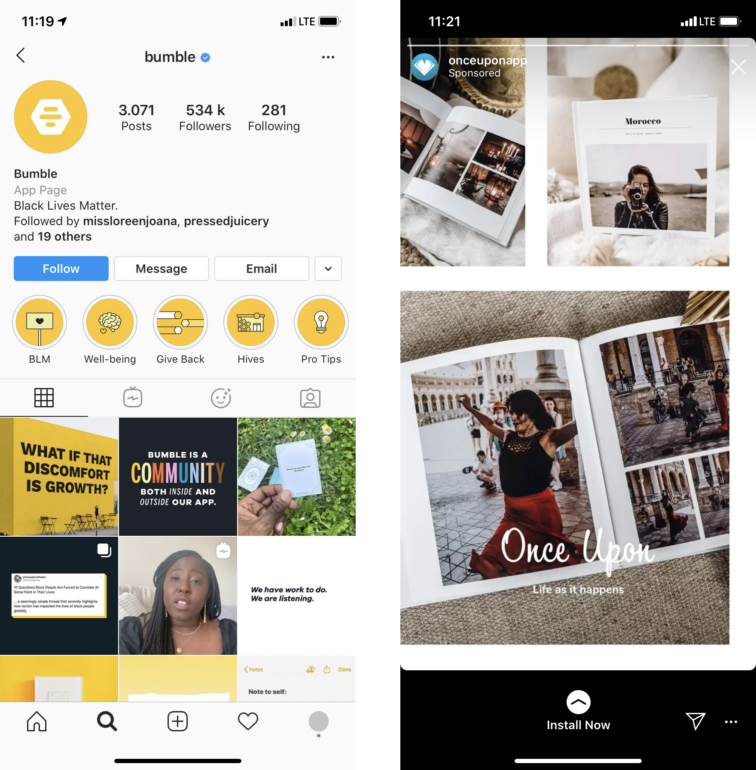
Learn more how to use Social Media for App Marketing.
Leveraging user-generated content
The next option that you have in addition to generating your own content is leveraging user-generated content or UGC. UGC is basically your users posting a picture or a video or writing a review about your app on their social media forum for other people to engage. As per a research report, 90% of users would act on recommendations from their circle, whereas only 33% would listen to advertisements. Considering such a high number of people following recommendations, leveraging user-generated content in your favor to promote your app is a great way to gain exposure.
3. Generating Lead
Lead generation is basically a social media marketing strategy. It is a core part of the sales process, where you can actually begin to scale your app uses or sales. A lead can be any particular data from address, phone number, ID, or demographic that helps you target your intended audience. Over the years, social media has played a significant role in gathering more than enough relevant data for creators and marketers to generate lead. You can start by aligning your business goals with your strategy and have a clear view of your sales process to know if you are working on the right leads or wasting your resources.
4. Explore Reviews & Ratings
Review and rating, especially when it comes to mobile apps, are a great way of promotion, growth, and exposure. If we consider the Google Play Store, then it shows real-time ratings and reviews analytics for any potential user who is about to install the application. It easily puts down the reviews for the user to read and a rating chart to know on one go that how have the users found this app in a range of 1 to 5 stars, with 5 being the best rating a user can give.
As a marketer, you can explore this feedback data and highlight the best reviews and ratings for encouraging more downloads. In case of avoiding negative reviews, the best practice is to reply to the review in question and fix it and then prompt the user to give a better review.
Discover What App Users Want 10x Faster with AI Review Summaries
Save time reading tons of reviews word by word. Get weekly or monthly reports per any app on a global scale.
5. Using Of Hashtags to Leveraging the Social Influencers
With the expansion of social media platforms and each finding its own unique way of celebrating their users, we saw many trends coming and going. But one such trend that has significantly grown ever since it was popularized is hashtags. From Twitter to Instagram and now even on Google searches, hashtags have become a norm for searching almost anything. Brands now churn their creative skills to associate catchy hashtags with their products to make it easily searchable for the masses. As a mobile app creator, you can also create an original and memorable hashtag and use it in a combination of leveraging social influencers.
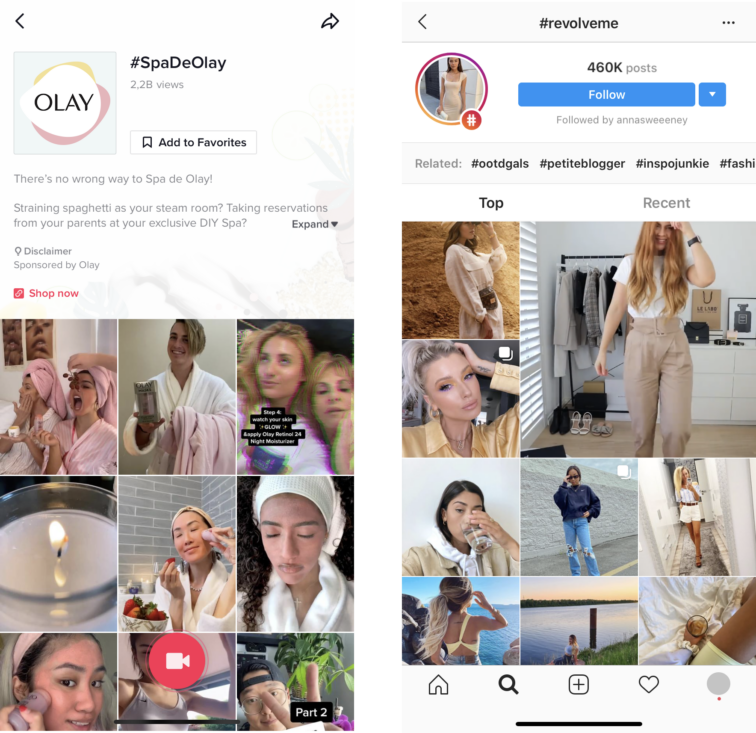
Instagram Influencers
Instagram influencers have lately been trendy and a reliable source of bridging the gap between the brands and the consumers. You can hire a famous Instagram influencer that serves a similar type of audience like the one your app is targeted towards and ask them to use your app hashtags on their posts where they advertise your app. For instance, a food delivery app where an influencer orders food through it and uses its hashtag in the caption is the perfect example of using hashtags to leverage social media influencers.
YouTubers
YouTubers are different than any influencers from other platforms, as they are considered social media influencers across the board. They take their audience on whichever platform they engage with. Therefore leveraging a YouTuber is more valuable. You can hire them to make a detailed review video using your app. They can title the video accordingly and associate hashtags in the title to make it easily searchable.
6. Understanding Different Platforms of Social Media
Every social media platform works differently, although many of them have now incorporated a lot of similar features. However, for influencers and users, it is not mutually exclusive. You can have a decent following across all platforms and yet have your primary designation at only one.
Many YouTubers exist in this similar fashion, where they are known for their audience’s network on YouTube, but they have a significant fan following on Twitter and Instagram. As for the platform itself, each one of them has been the pioneer of each particular feature, making it great in one way or the other. The following are the top social media platforms in the business that, as a mobile app creator, you should know about leveraging your app’s promotional growth.
Facebook is not just a pioneer of one single feature but definitely the pioneer of all social media platforms there are or there ever will be. Facebook paved the way for other social media platforms to exist for the sole purpose of community building and virtually socializing through pictures, content, and sharing interests. It still one of the biggest platforms out there for businesses ad products like mobile apps to build a community around them.
YouTube
YouTube provides monetization to video content and video content creators through advertisements. Having replaced the traditional media outlets like television and becoming a mainstream platform for sharing all types of content from entertainment to news, YouTube has now become a go-to place for businesses and individuals alike to promote their brand. It is mainly for putting out video content and building community through it.
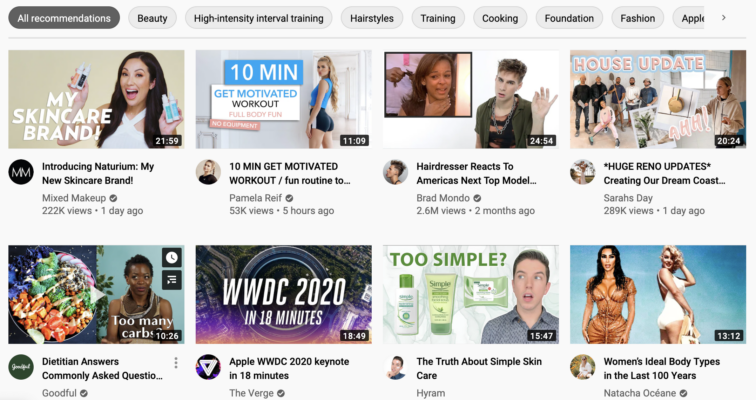
Twitter is a microblogging site. It has mainly been popularized through the major celebrity profiles that joined the platform. Soon after Twitter’s release, promoting the culture of putting out one’s opinions through ‘tweets’ became a norm that is still being followed. Over time twitter brought forward the trend of hashtags to include in the said tweets. Through such expansion of the platform and how it operates, Twitter is now a major platform for discussions of like-minded people, opinions of influential people, and daily news trends.
Instagram mainly works through pictures and images, but they did take over a feature of stories as well as hashtags and made it better over time from one of its contemporaries. They also incorporated a feature called IGTV that endorses short video content. Today, Instagram is one of the biggest social media platforms and is a complete package of all the others in its domain. It has many reliable influencers across the platform that can easily help in promoting products like mobile apps.

Snapchat
Snapchat is the pioneer of short video story features that Instagram took over. It has since been in a battle of staying relevant as the platform’s controversial update lost many of the influential people that once swore by the platform. However, it still hosts advertisements and content that can be leveraged for product promotion.
TikTok
TikTok is relatively new in the business, but it has been gaining momentum for the past few years. The platform has majorly made content creation easy for the market. It attracted the masses based on filling the gap between short content and curated content while remaining relevant. This has majorly attracted many brands as it requires less effort to create content, yet it has more engagement than other platforms.
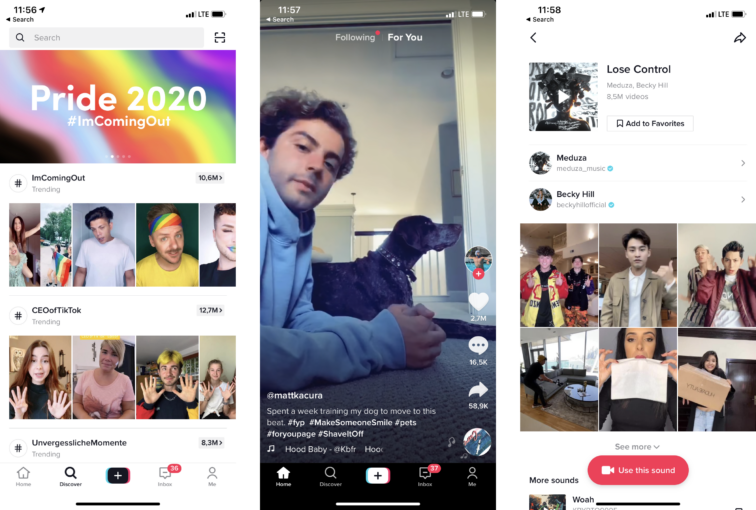
Learn more about TikTok marketing for app marketers.
7. Offer Promotional Incentives
Lastly, social media is a great way to offer incentives to your users. You can put up promotional campaigns that offer discount codes, vouchers, gift cards, or other incentives for using your app. You can categorize first time users to long-term users and occasional ones through analytics and offer incentives accordingly.
Bottom Line
Social media platforms have been the past for the decade gone by; the present and definitely will be the future. Its high time businesses incorporated robust strategies to leverage social media platforms for promotion, growth, and engagement of mobile apps and similar other products.
Author Bio: Claudia Jeffrey is currently working as a Sr. Digital Marketing Executive at Crowd Writer and Visiting Consultant at Dissertation Assistance, an excellent platform to buy assignment. She has gathered a significant audience network on her blog platform. You can check it out for further reading.
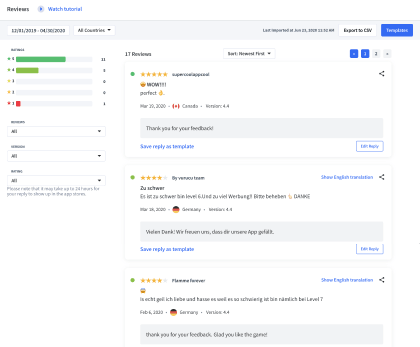
Latest Posts

iOS App Product Page Localization: How to Use it the Right Way to Improve ASO
Top 10 Most Downloaded Games in Google Play Store (July 2025 Update)
Google Play Store Listing Experiments: How to Run Native A/B testing for Android Apps for Free!
12 Best Mobile Measurement Partners (MMPs) to Consider for Your Mobile App Attribution in 2025
Related Posts
